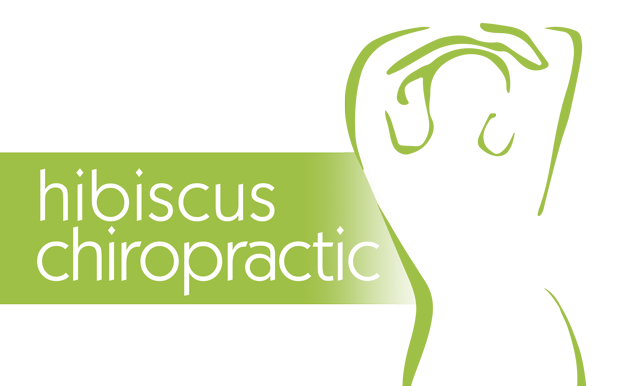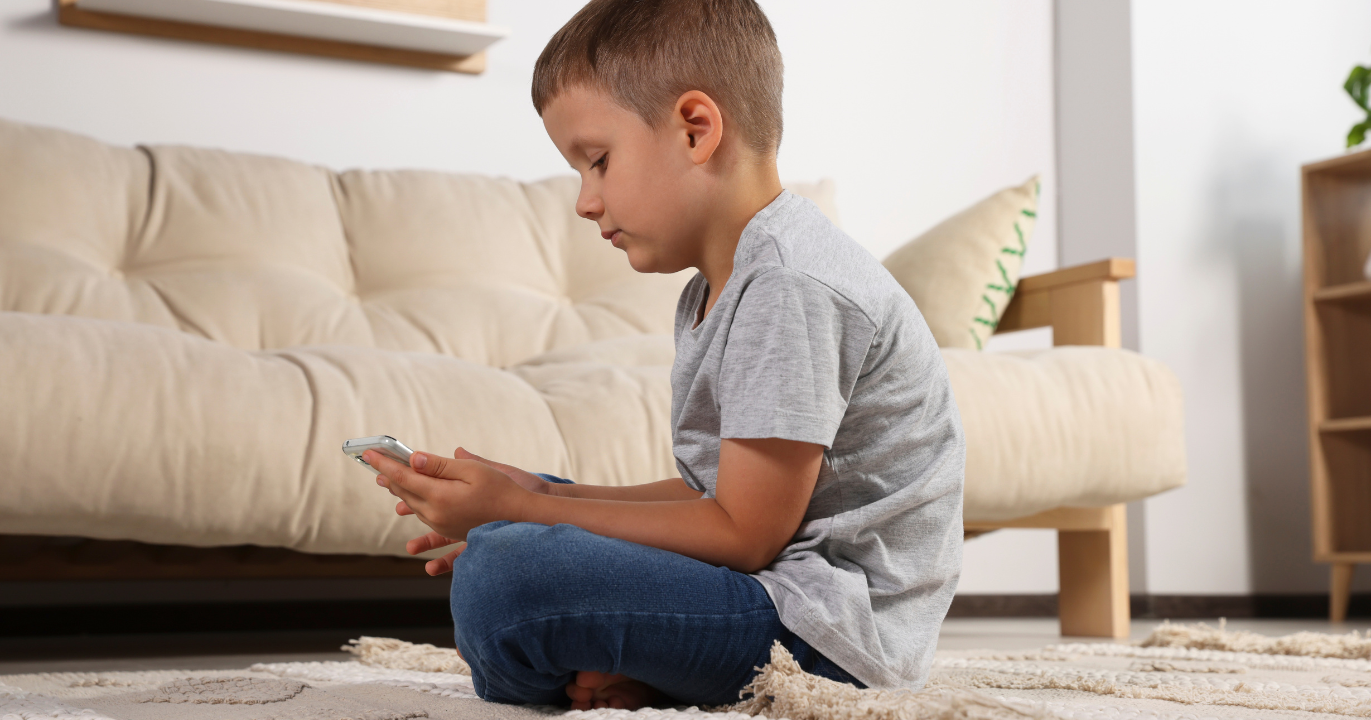In today’s digital world, children spend countless hours looking down at smartphones, hunching over tablets, or sitting for extended periods playing video games. While these habits may seem harmless, they can profoundly impact your child’s posture. Poor posture is becoming increasingly common among kids, leading to issues such as back pain, headaches, and in some cases, scoliosis. Spotting the early signs of poor posture and addressing them promptly can make all the difference in your child’s overall health and development.
A forward head posture is one of the most noticeable signs of poor posture in children. This occurs when the head juts forward rather than aligning with the shoulders. If you often remind your child to “look up” only to see them return to their downward gaze, it may be more than just a habit. Over time, the thoracic spine—the mid-back area—can begin to curve forward, creating a rounded or slouched posture. This misalignment puts unnecessary strain on the neck, which compensates by working harder to support the head’s weight. This added stress can lead to tension headaches, neck discomfort, and even long-term musculoskeletal issues.
Another standard indicator of poor posture is uneven shoulders or hips. If you observe your child from behind and notice that one shoulder or hip is higher than the other, it may signal the early stages of scoliosis—a condition where the spine curves sideways. Left uncorrected, scoliosis can lead to chronic back pain and complications later in life.
Early intervention is key
Addressing poor posture in kids requires early intervention. The sooner potential issues are identified, the better the chances of correcting them before they lead to more significant concerns. Research published in Chiropractic & Osteopathy (2007) highlighted the importance of early postural assessment, particularly in today’s generation of children, who are more prone to postural issues due to modern sedentary lifestyles. The study examined sagittal plane postural development in children aged 4 to 12 and found an increasing trend of forward translations in the head, shoulders, pelvis, and knees as children aged. These deviations, often linked to prolonged sitting or improper ergonomics, can lead to musculoskeletal conditions such as back pain if they exceed acceptable thresholds [1].
In such a situation, a chiropractic assessment is one of the best ways to identify and address posture-related problems. Using cutting-edge tech, chiropractors carefully evaluate the spine’s alignment to identify potential misalignments, such as forward head posture or the early signs of scoliosis. Once problem areas are identified, chiropractors perform gentle, tailored adjustments to realign the spine and restore proper posture.
Each child’s case is unique, and chiropractors take a personalized approach to meet individual needs safely and effectively. These adjustments not only improve spinal alignment but also alleviate tension in the muscles and reduce stress on the nervous system. With proper care, your child can maintain a healthier posture and avoid the physical and emotional toll of chronic pain or discomfort as they grow.
Little backs deserve big care.
Your child’s spinal health is a cornerstone of their overall well-being. Waiting for minor posture problems to evolve into more significant concerns can have long-term consequences. Contact Hibiscus Chiropractic today to schedule a comprehensive posture assessment for your child. Early detection and care can set the foundation for a lifetime of good posture, comfort, and confidence.
Sources:
1. Lafond D., Descarreaux M., Normand M., Harrison D. Postural development in school children: a cross-sectional study . Chiropr Man Therap 15, 1 (2007). https://doi.org/10.1186/1746-1340-15-1

